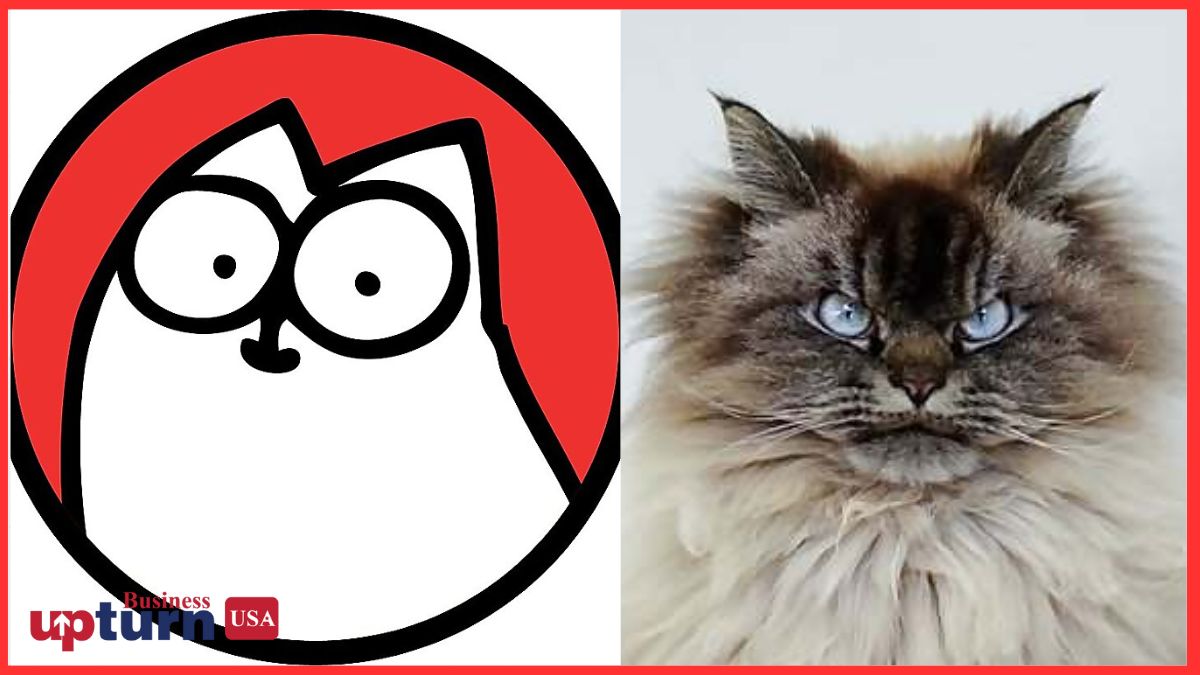
Simon’s Cat vs Merlin The Mad Ragdoll: Unpacking Their Cheerful Pet Influencer Business Models in the USA
The cornerstone of Simon’s Cat revenue streams is its multimedia approach.
Stay updated with the latest news and articles about Tinkerbelle The Dog.

The cornerstone of Simon’s Cat revenue streams is its multimedia approach.

Simon’s Cat began in 2008 with a viral animated video on YouTube, and since then, the brand has expanded into one of the most recognizable animated cats online.

At its core, Simon’s Cat operates as a content-driven intellectual property (IP).

From merchandising and YouTube ad revenue to brand collaborations and fan engagement strategies, Simon's Cat and Loki offer fascinating case studies in monetizing pet-centric content in the U.S. market.

Among the many players in this space, two stand out for their contrasting yet equally successful business strategies: Cat Lovers Club, a large-scale digital community for feline enthusiasts, and Samson the Pet Influencer, also known as "Catstradamus," one of the most famous cats in the USA with millions of followers.

Starting with a simple Instagram account, The Dogist transformed daily dog portraits into a powerful brand with significant commercial potential.

Another cornerstone of The Dogist’s business model is book publishing. Titles like "The Dogist: Photographic Encounters with 1,000 Dogs" and subsequent releases have achieved notable commercial success.

Brands benefit from the cohesive visual identity, which The Dogist maintains meticulously, enhancing the perceived value of sponsored collaborations.

The Dogist, founded by photographer Elias Weiss Friedman, began as a simple Instagram account capturing candid street photography of dogs in New York City.

By offering both physical and digital options, The Dogist maximizes revenue potential from its core photography content.
Showing 340 of 468 articles
